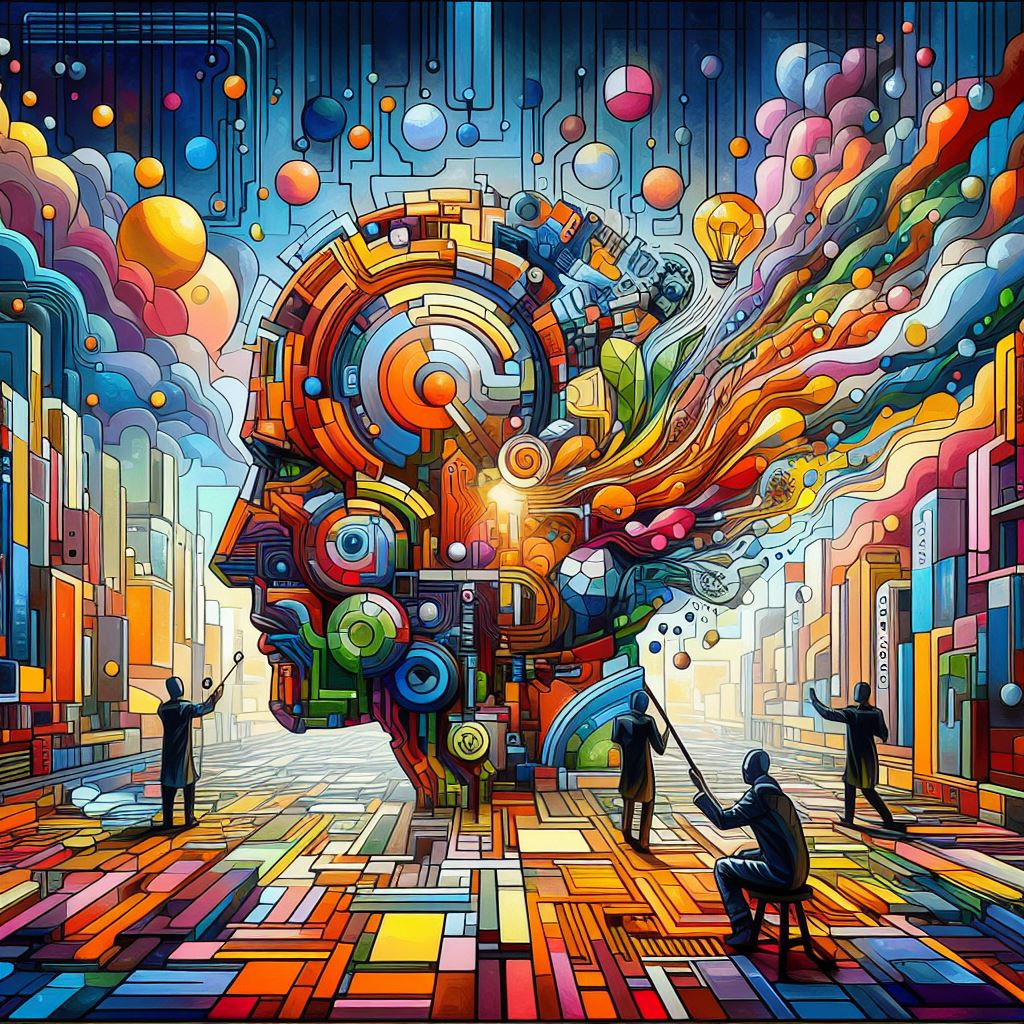The internet we know is built on a two-dimensional foundation. Websites and apps display information on flat screens, limiting our interaction to clicks, scrolls, and taps. But the future of the web is poised for a dramatic shift towards a more immersive and three-dimensional experience – the spatial web.
Imagine a web where information exists not just on a page, but within a virtual space. We could navigate through 3D models of buildings, explore interactive maps of cities, or collaborate on design projects in shared virtual environments. This is the promise of the spatial web, powered by technologies like augmented reality (AR) and virtual reality (VR).
The industrial sector stands to benefit greatly from this spatial revolution. Enter the concept of the industrial metaverse – a virtual world that merges the physical world of factories, warehouses, and infrastructure with their digital twins. This convergence allows for a richer and more interactive way to design, operate, and maintain industrial processes.
Here’s how the spatial web fuels the industrial metaverse:
- Enhanced Visualization and Collaboration: Imagine engineers working together in VR, manipulating 3D models of a new production line. Spatial computing allows for a more intuitive understanding of complex systems, fostering better collaboration across teams and locations.
- Remote Assistance and Training: With AR glasses, technicians on the ground can receive real-time guidance from experts located anywhere in the world. Overlaying instructions and data onto their physical view empowers faster problem-solving and upskilling of the workforce.
- Predictive Maintenance and Optimization: Sensor data from connected machinery can be visualized within the industrial metaverse, allowing for proactive maintenance and optimization of operations. Spatial tools enable a holistic view of production processes, facilitating data-driven decision-making.
- Improved Safety and Training: High-risk scenarios can be recreated in a safe virtual environment for training purposes. Spatial computing allows workers to practice procedures and respond to emergencies in a controlled virtual setting.
The potential applications of the spatial web and industrial metaverse extend far beyond these examples. Imagine architects designing buildings within a virtual city, logistics companies planning deliveries in a 3D map of the supply chain, or surgeons rehearsing complex procedures on a virtual patient.
The transition to this spatial future brings its own set of challenges. Developing robust and interoperable standards for 3D content and virtual spaces is crucial. Additionally, ensuring user-friendly interfaces and affordable hardware will be essential for widespread adoption.
However, the potential benefits are undeniable. The spatial web and industrial metaverse have the power to transform how we interact with information, design our physical world, and operate complex industrial systems. As these technologies evolve, we can expect to see a future where the digital and physical worlds seamlessly blend, creating a more immersive, collaborative, and efficient way to work and live.
#curiousminds
